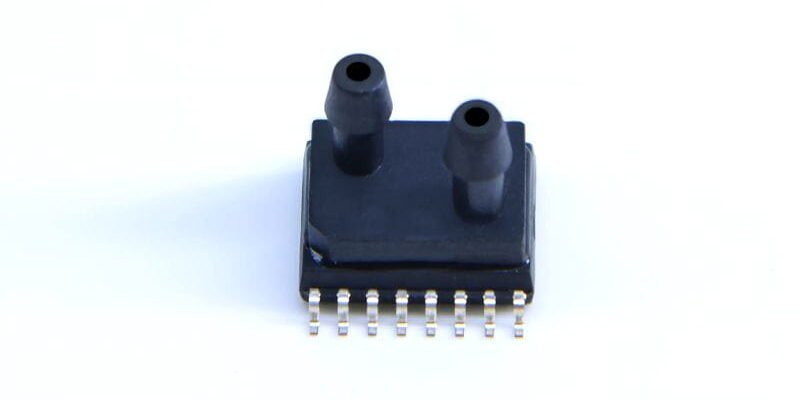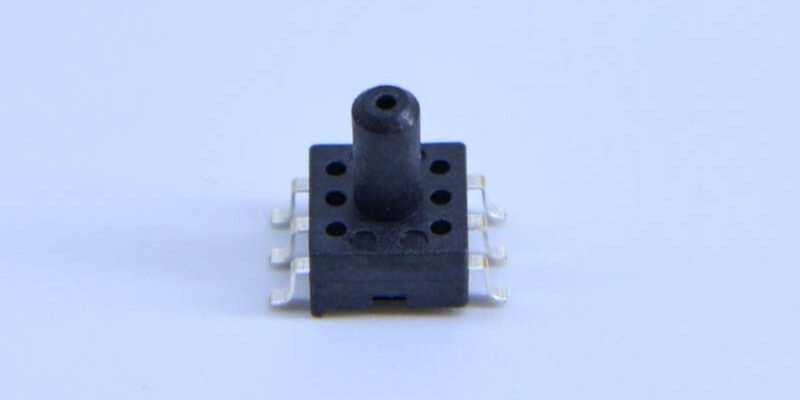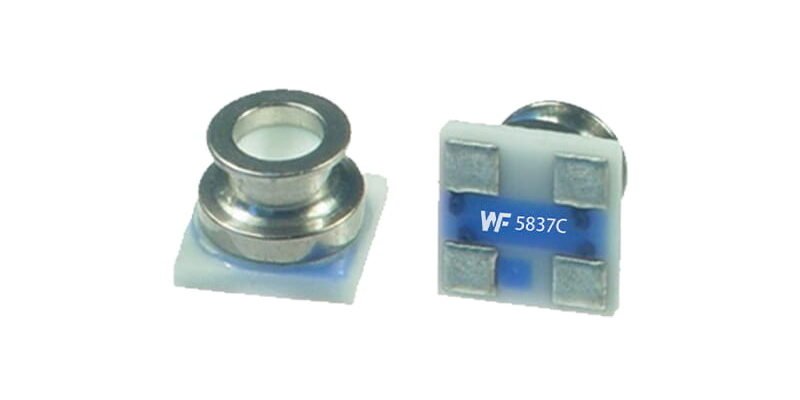Medical Pressure Sensors Ensure Stable Ventilator Operation
Modern medical equipment demands exceptional precision and reliability, particularly in critical care and respiratory therapy. The medicine pressure sensor utilizes advanced MEMS technology specifically designed for ventilator applications, accurately detecting minute pressure changes and converting physical signals into precise electrical signals for intelligent ventilator control systems.












